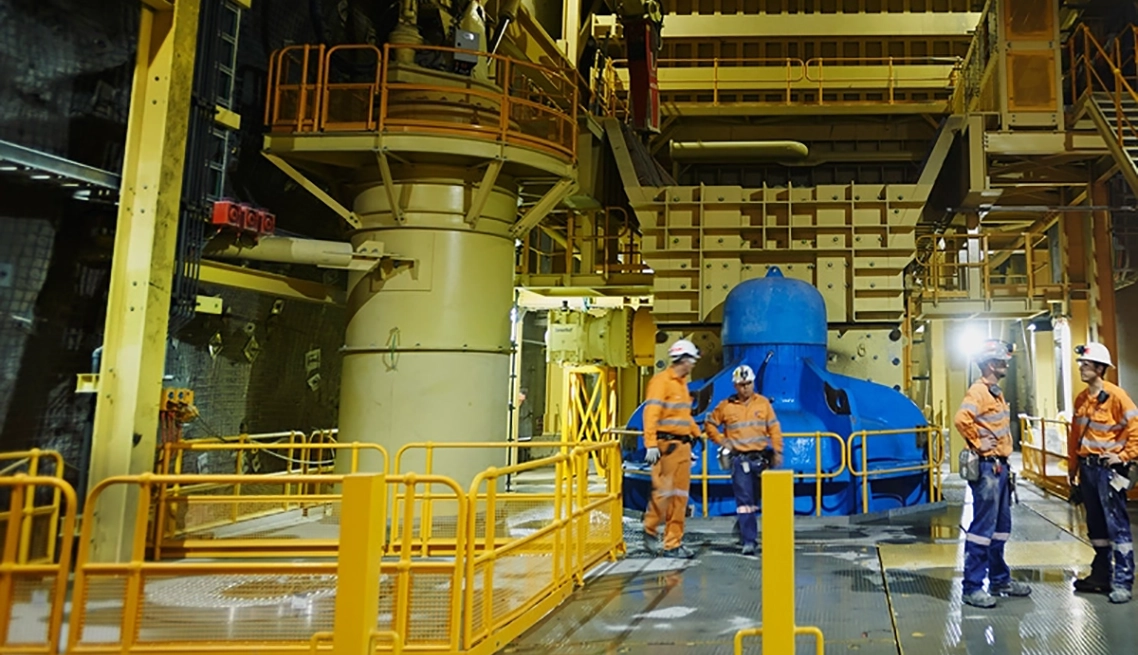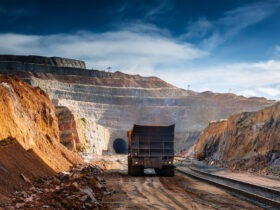MINING AND MINERALS
Issues Encountered During Our Interventions
Dust
Particles generated by this application field accumulate quickly and must be addressed efficiently.
Toxic
Exposure to substances released during the processing of a product is harmful to your short and long-term health.
Mining And Mineral Hazards: What Do You Need To Know?
Mining operations, such as the drilling, crushing, screening, loading and handling of minerals, produce a great deal of harmful particles. For example, dust from crystalline silica in quartz is an invisible contaminant that is very harmful to workers. Based on your operating procedures, several aspects come into play:
- What type of particles do your mining operations generate? Are they toxic or carcinogenic?
- Cement manufacturing is not without its dangers. Do you have measures in place to control fugitive emissions and dust?
- Are your tunnels safe in terms of temperature and air quality?
Mineral Extraction: Protecting Workers’ Health
Whether you operate an open pit or underground mine, the safety and health of your crews is one of your main responsibilities. As you know, mining processes generate toxic dust, which can lead to respiratory diseases or cancer.
At the source of these particles, several mining processes are used to reduce the size of the raw material, such as:
- Excavation;
- Hammer mills;
- Crushers;
- Bin venting (quarries);
- Ball mills;
- Transfer points or drops between conveyors.
For example, cement manufacturing requires strict controls to capture or filter fugitive emissions and dust from operations as materials are processed. High temperature processes for removing moisture from materials can also constrict dust collector filters, and heat can damage parts. To protect your workers, your dust collection system must be properly adapted and maintained!



